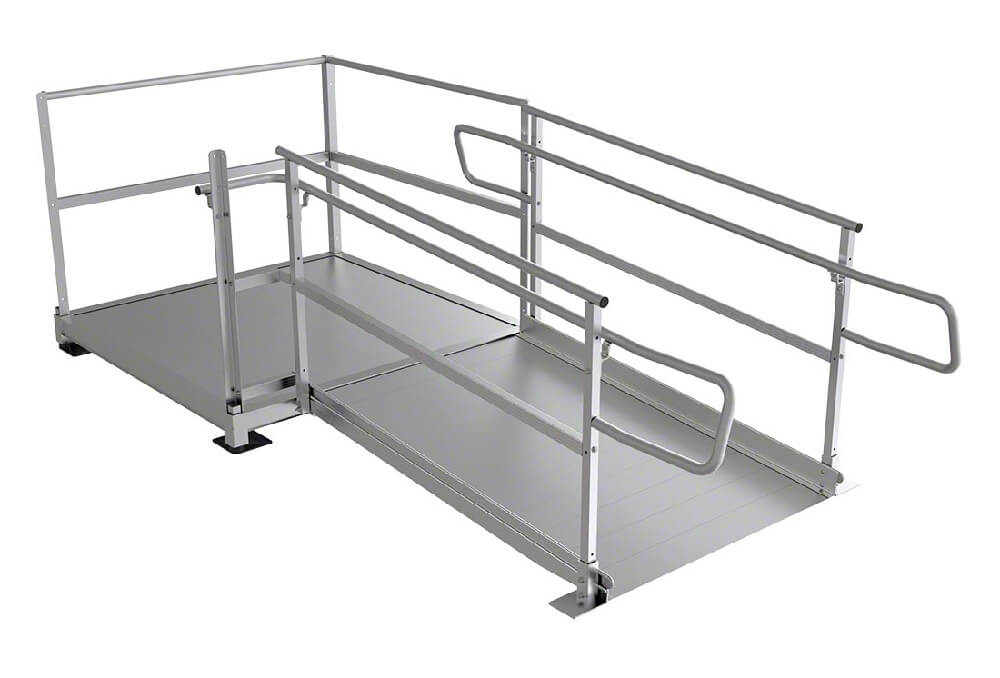Portable wheelchair ramps are a great answer for this; they make it easier to use a PMA and are a must-have accessory. It allows those with mobility issues to readily reach raised locations or transportation, such as stairwells or bus stops. Portable ramps help those with mobility issues, whether they are indoors or outside.
They also help people gain independence and improve their overall quality of life. However, particular precautions and procedures must be taken in order to utilize these portable ramps securely. Here are a few pointers to keep in mind when using a portable ramp for your loved one’s safety.
This article discusses what should you search for in a ramp in order to choose one that is both safe and appropriate for your needs.
1. Angle of Inclination
The degree of inclination is the most crucial feature of a ramp. Steep ramps are hazardous since they are tough to ascend and can lead you to fall backward.
Steep ramps are hazardous since they are tough to ascend and can lead you to fall backward. Use a ramp with a lower gradient. For a ramp, the maximum permissible slope is one inch of increase every twelve inches of length. The ramp must not be higher than six inches above the ground.
2. Level Landings
The level landings of ramps should be at the top and smooth. The landing might be built as part of something like the ramp such as a balcony or sidewalk.
In order to accommodate the full wheelchair, entrances must be at a minimum of 60 inches long. If you’re standing before a door, the landing should provide you with enough room to open it.
3. From Takeoff to Landing
In general, for maximum safety, a gradual transfer between a ramp and its land is required. Although a wheelchair’s weight is generally distributed to its back wheels, when it is used on a ramp, the pressure is distributed to the front caster wheels.
The wheelchair might come to a sudden halt as the front wheels touch the landing, forcing the person in a wheelchair to launch forward. As a result, having a landing transition is critical for your success.
Surface An access ramp must have a non-slippery surface regardless of where it is located. Outdoor ramp surfaces should be built such that water does not collect on them. When designing and building a ramp, keep in mind the accumulation of water on landings.
4. Specifications for Weight
Ramps for manual, electrical, used, and empty wheelchairs are available. Check the ramp’s weight capacity to ensure that it can support both your bodyweight and the mass of your wheelchair.
5. Handrails
Handrails are necessary for public ramps, however, it is up to the consumer whether he requires them for personal ramps. Some users are still unable to move over a ramp and require handrails to assist them.
Conclusion
Wheelchair ramps are critical for mobility wheelchair and scooter users to have access and freedom. Wheelchair ramps, on the other hand, can be unsafe and hard to use if they are not actually built appropriately.
Portable wheelchair ramps, also known as PMAs, assist the mobility impaired in improving people’s lives by accessing a variety of locations, such as cars and elevated facilities. However, in order to utilize the ramp securely, one must first understand the measures and safeguards to take. Most essential, while your beloved one gently learns how to use the ramp, be there to support them by walking alongside them and assisting them as needed.






